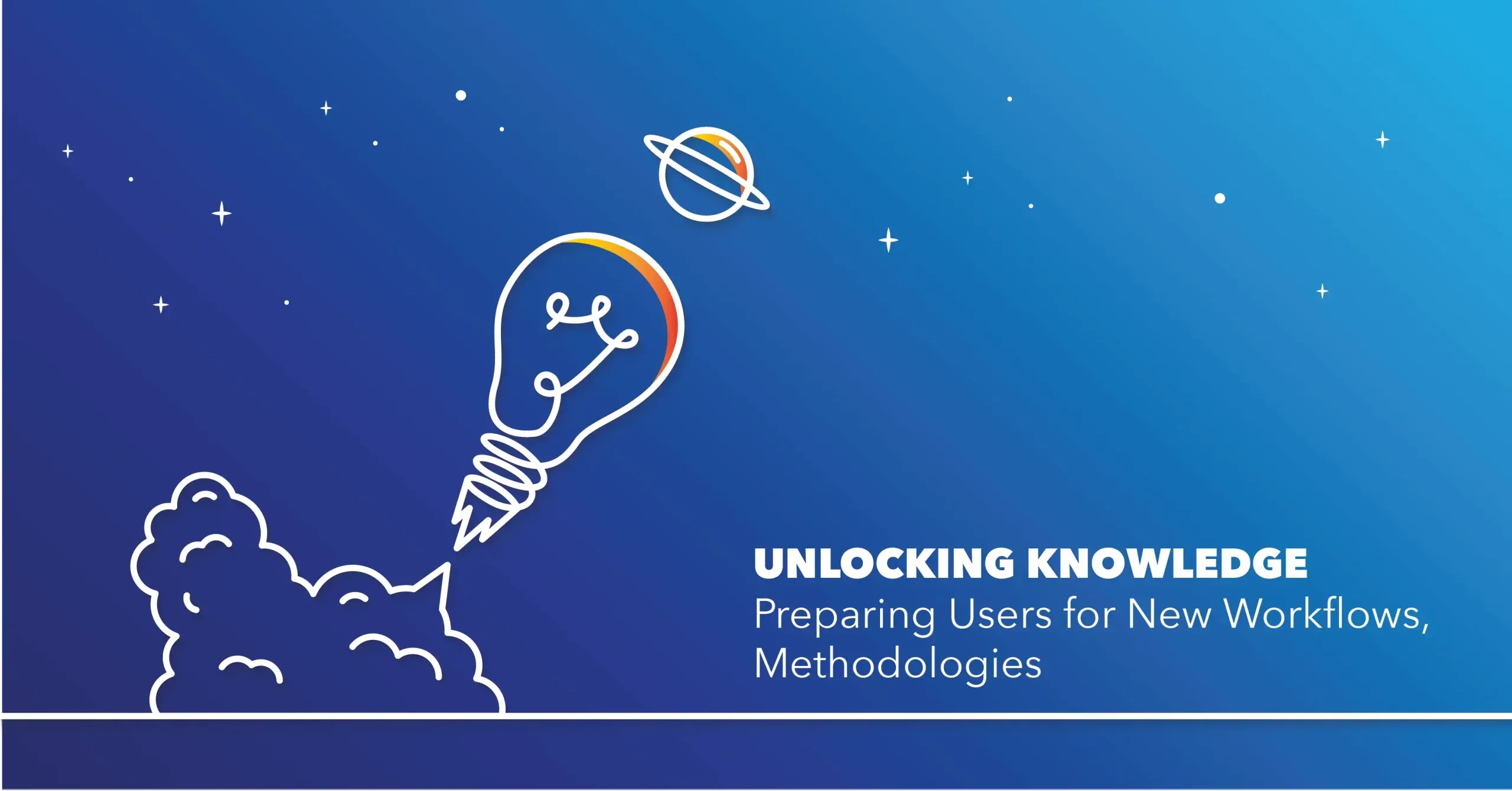When a hospital decides to launch a new technology, the decision can trigger a lot of questions and even fears as staff processes how it may impact daily work. Xsolis Director of Learning and Development Matt Brink has been part of successful technology implementations with hundreds of hospitals across the nation. Matt recently shared his takeaways on the importance of technology education and training from initial go-live to full implementation.
 Although many system users utilize the same implementation and training, some hospitals and hospital systems have metrics that are different than others, requiring customized timelines and unique approaches to generate momentum.
Although many system users utilize the same implementation and training, some hospitals and hospital systems have metrics that are different than others, requiring customized timelines and unique approaches to generate momentum.
Engagement is imperative at every level of employment, from executive leadership to clinical staff to IT associates. Learning how colleagues interface with technologies that are currently in place and how tasks are completed are stepping stones to successful user training. Matt says, “understanding the core UR team’s workflow and getting to know every user is a positive start.”
Engagement also includes raising tough questions. When end users are transparent with all their concerns around the implementation of a new software program, vendors are challenged to think about solutions to these legitimate barriers. Additionally, building relationships among trainers and users can promote a more seamless transition for all. This not only builds trust but forges alliances that can aid in measuring success down the line.
Breaking down complex topics through clear, concise training materials is also a key factor in positive implementations and in minimizing user worry. In the instance of Artificial Intelligence (AI), identifying examples that exist outside of the hospital help staff to better visualize how their participation affects the overall end goal (have you used Waze to navigate through rush hour traffic or searched for a new recipe on Google? If so, you’ve used AI!).
When training Utilization Review staff at client hospitals on CORTEX, Xsolis’ technology platform now known as Dragonfly, Matt and his team utilize the concept of blended learning, usually broken down into three segments: the first part of training is described as best practices on efficiency or product usage benefits (what’s the problem and how am I helping fix it?). This part is standard and for the most part consistent across all education and training programs for new technology implementation. The second part of the training session features an overview of functionalities used to form a workflow that starts with the patient work queue (how will this help me do my job and change the way I work?). This deep dive helps UR staff to better prioritize patients and helps users understand alerts and how to respond to them during their daily work.
The last part of training is largely based upon the organization’s specific needs, with customized education and workflow consulting to help determine paths for outcomes, payer authorizations and clinical analysis. This section of training also includes important hands-on sessions to assist end users in navigating the software.
Education and training on any new product can come with challenges, so Matt reminds leaders with a begin with the end in mind mentality that “knowing where to go helps you to get there”. Training and education in hospitals are ongoing. Once you understand the product, it is critical to instill troubleshooting skills, which empowers users to better understand the product. Clinical narratives begin to develop the more you hear, look, and see the full capabilities of the system. As Matt concludes, “the destination is always worth the journey.”
